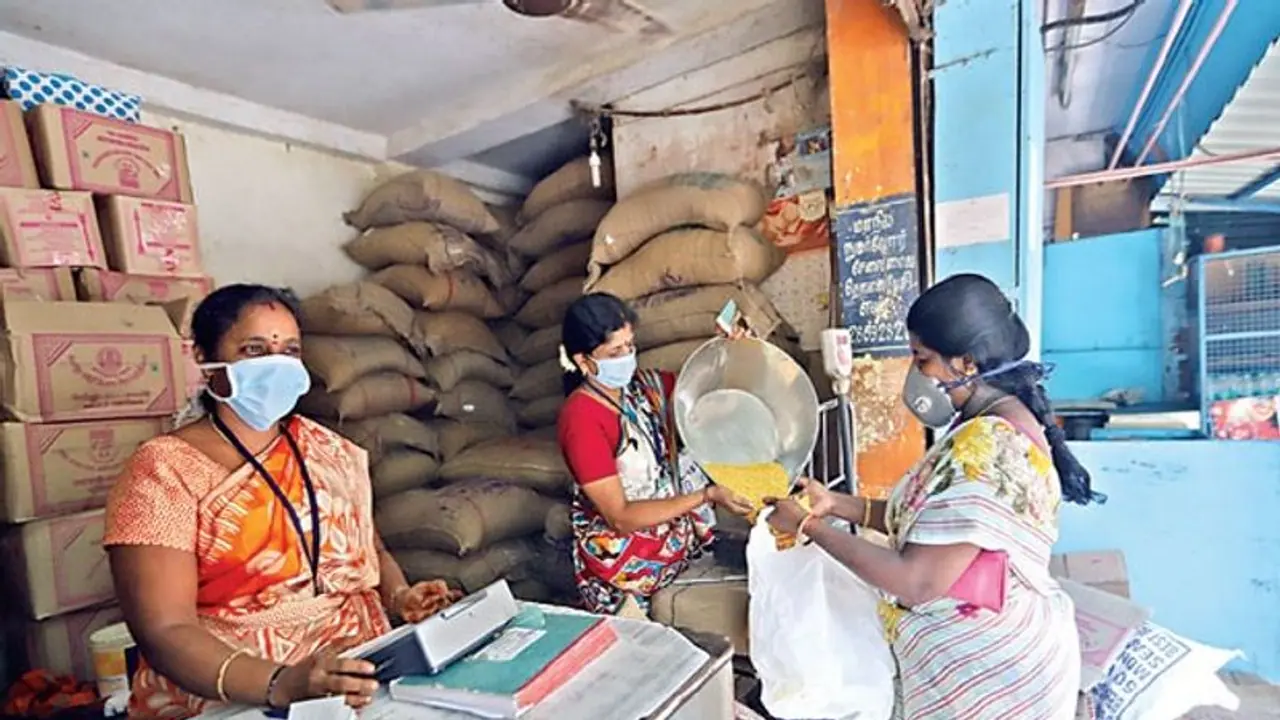The working paper, authored by IMF Executive Director to Sri Lanka Surjit S Bhalla, former chief economic adviser Arvind Virmani and economist Karan Bhasin, notes that extreme poverty can be considered to be eliminated.
In a resounding endorsement of the Narendra Modi government's policies during the Coronavirus pandemic, a new research paper written for the International Monetary Fund has found that extreme poverty in India was less than 1 per cent in 2019 and it remained at that level even during the pandemic year 2020.

The working paper, authored by IMF Executive Director to Sri Lanka Surjit S Bhalla, former chief economic adviser Arvind Virmani and economist Karan Bhasin, notes that extreme poverty can be considered to be eliminated.
IMF Working Papers describe research in progress by the author and are published to elicit comments and to encourage debate. However, they do not necessarily represent the views of the IMF, its Executive Board, or IMF management.
The working paper notes that in the pre-pandemic year 2019, extreme poverty was as low as 0.8 per cent. In the pandemic year 2020, food transfers ensured that it remained at that low level. It also suggests that post-food subsidy inequality at 0.294 is now very close to the 1993-1994 level of 0.284.
The low level of extreme poverty in two consecutive years, and one including the pandemic, can be considered an elimination of extreme poverty, the economists noted.
They noted that any poverty rates will always be overestimated by those who only relied on household consumption expenditure derived exclusively from surveys. Any poverty estimation, according to them, must incorporate the effects of in-kind transfers that reduce the consumption expenditure of households on items supplied free or at subsidized rates. To note, India has had in-kind food transfers since the early 1980s
The working paper notes that the social safety net given to the poor by way of expansion of the country's food subsidy program absorbed a major chunk of the pandemic shock. The report noted the 'robustness of India’s social safety architecture as it withstood one of the world's biggest exogenous income shocks.
The pandemic shock is largely a temporary income shock, the economists said, adding that the temporary fiscal policy interventions were the fiscally-appropriate way to absorb a large part of the shock.
Also Read: Rupay Card enters Nepal: Why Kathmandu opted for India's payment network
Also Read: Explained: Sri Lanka's 'bad economics' an opportunity for India
